art SpaceX Falcon 9 landing burn
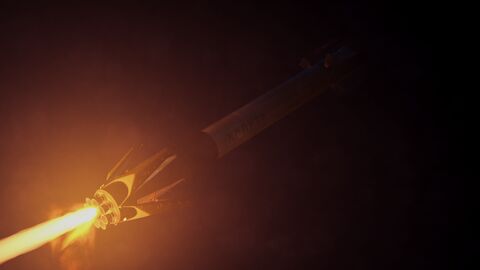

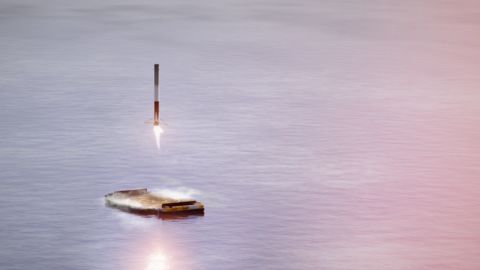
My rendition of a Falcon 9 booster landing on Of Course I Still Love You, SpaceX’s East coast droneship. This is a triple-engine landing burn; while SpaceX hasn’t performed a triple-engine landing burn since JCSAT-16, very heavy GTO payloads at the edge of Falcon 9’s capability may require triple-engine landing burns in the future.
Read more (1 min) Direct link
Direct link
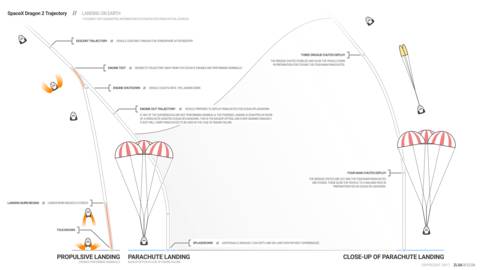
This is the approximate trajectory of the SpaceX Dragon 2 as it lands on Earth after a trip to the ISS.
 Direct link
Direct link
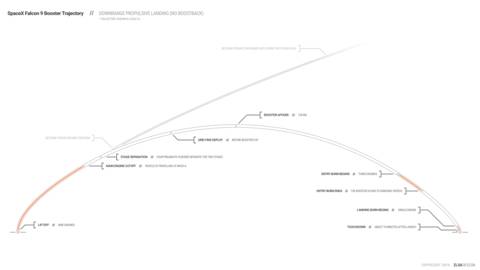
This is the approximate trajectory of the SpaceX Falcon 9 booster during a downrange propulsive landing (i.e. ocean landing) on the ASDS.
Note that this is the trajectory of a booster during a high-performance mission, and does not include a boostback burn. The approximate trajectory of a Falcon 9 landing with a boostback burn can be seen here.
Read more (2 min) Direct link
Direct link
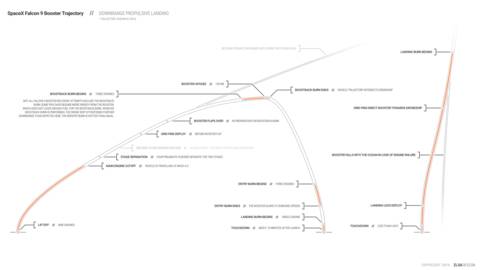
This is the approximate trajectory of the SpaceX Falcon 9 booster during a downrange propulsive landing (i.e. ocean landing) on the ASDS.
Note that this profile includes a boostback burn; this profile was used during the launch of CRS-8, among others. It’s not used with heavy payloads, such as some of the larger GTO missions; instead, the booster does not perform a boostback burn and ends up much farther downrange, requiring the ASDS to position itself much farther from shore. The approximate trajectory of a Falcon 9 landing without a boostback burn can be seen here.
Read more (2 min)